The Big Picture: Macro Photography and Storytelling to Protect Insects
Across the planet insect populations are dwindling in record numbers. In addition to their beauty and fascinating behavior, they play a vital role in ecosystems worldwide: they pollinate, turn the soil, keep water clean, and serve as food for many other species. There are an estimated 1,000,000 known species of insect and scientists estimate that there could be several million more that have yet to be discovered or described. Photographers, whether professional or passionate amateurs, have an opportunity to help insects out by raising awareness of their plight, develop a broader support base for insect conservation, and even compel decision makers to pass pro-insect policy. What’s more, for photographers looking for unique subjects to focus on, of the many thousands of known species, the lives of most have not been well-documented. Even in populated areas such as New York City new species are still being discovered.
Over the course of this four-day workshop Clay Bolt will cover why many insects are becoming scarce, offer an overview of the history of insect conservation, teach basic and advanced macro photography techniques, and provide guidance for how each of us can use photography to protect insects. Clay will rely on the latest scientific studies and the experience he’s gathered during his 19 years of working as a conservation photographer with the world’s leading conservation organizations to inform each lesson. In addition, we’ll spend time helping each student begin to develop their own insect focused conservation project, and we’ll wrap up the class with an image critique to help improve participant’s macro photography skills. Clay’s goal for this class is to provide each student with the building blocks that they need to protect insects through photography and advocacy.
Workshop Tuition
$349.00
Discover and Protect species with your images
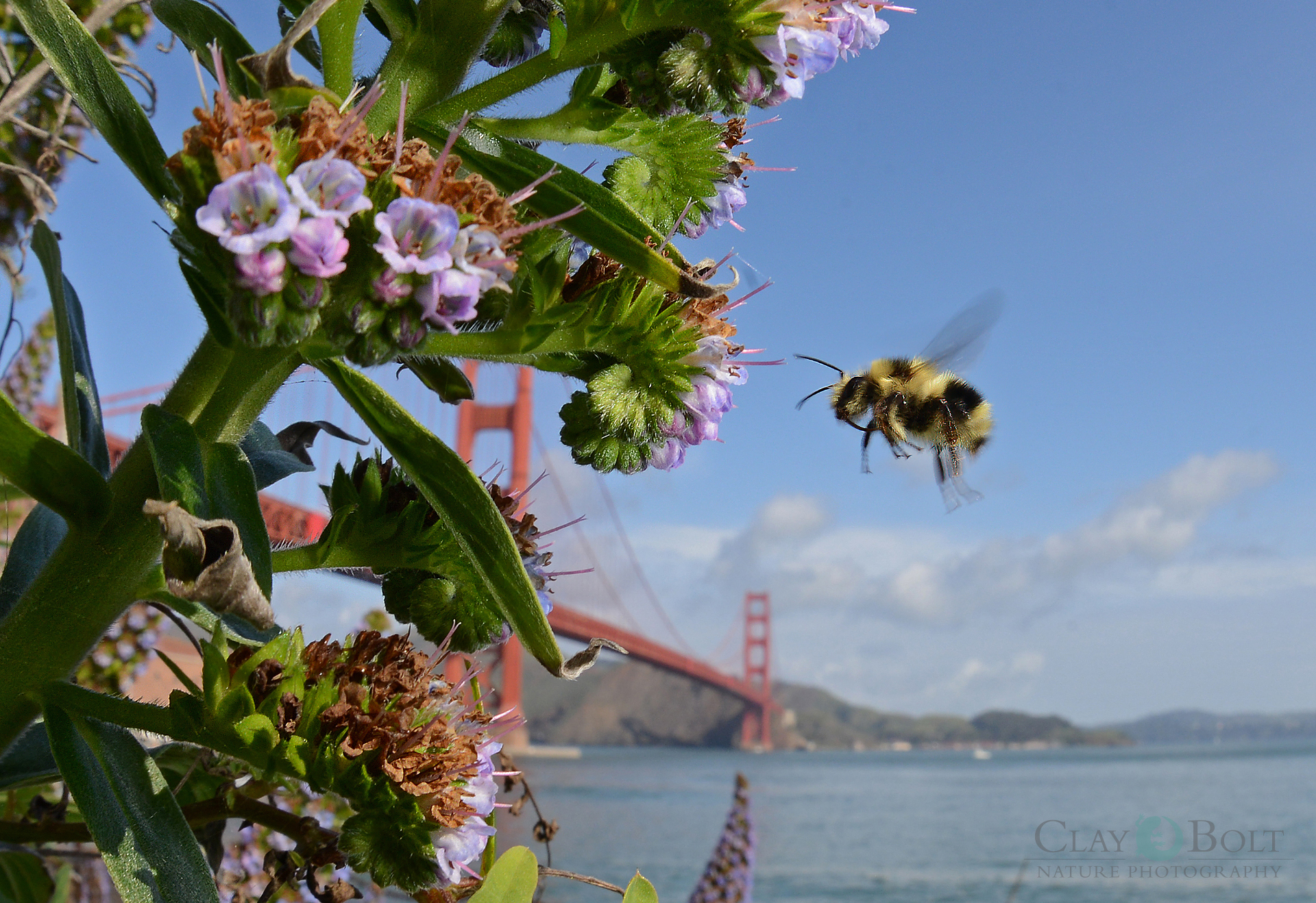
Four 2-hour online sessions | small group settings | personalized feedback
all sessions are at 8PM EST. All sessions will be recorded and made available to students
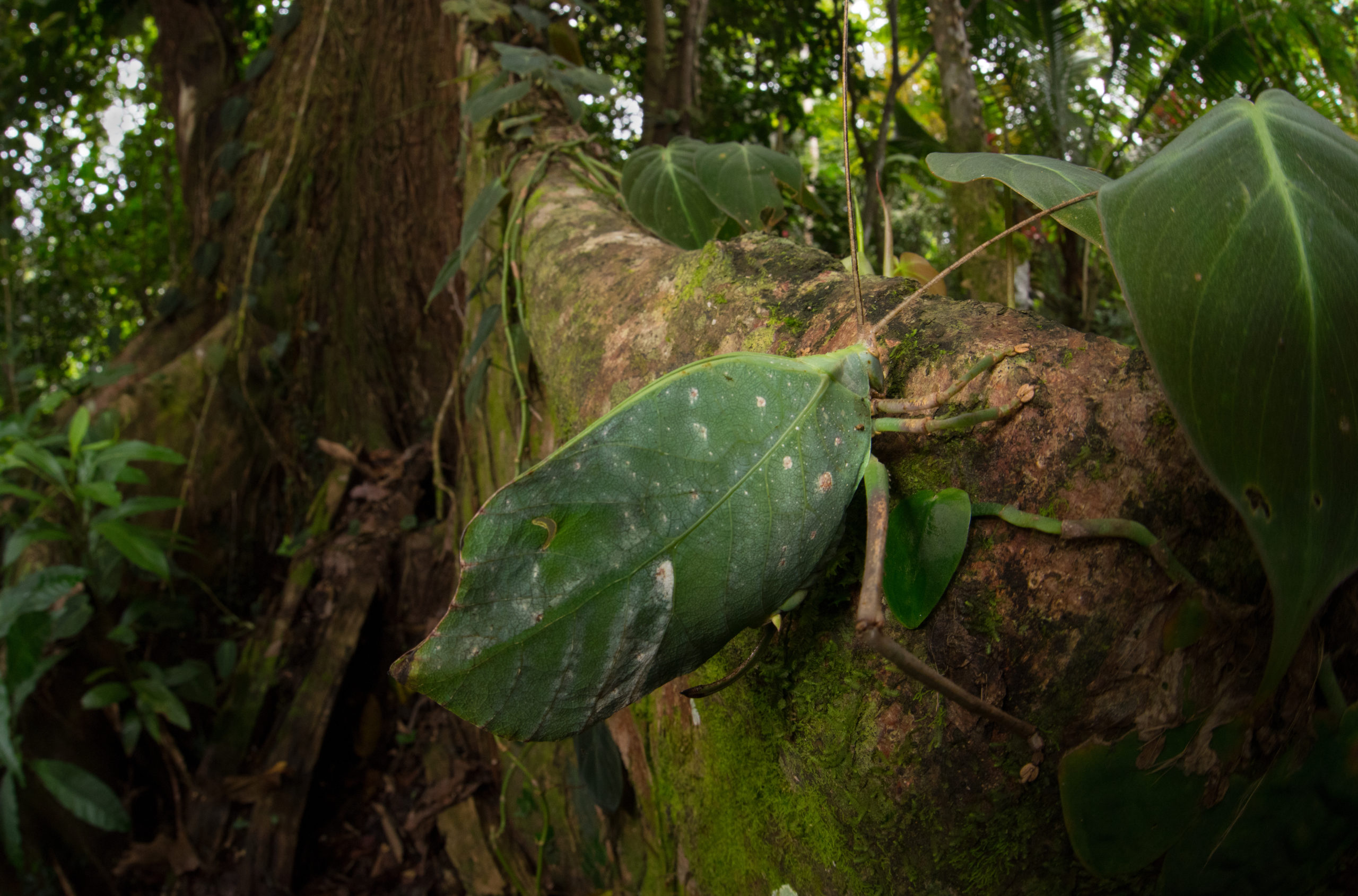
Session One: July 19
- Introduction to Clay
- Insect Population Declines: Cause and Effect
- Group Discussion
- Macro 101 (Gear and Basic Techniques)
- Introduce Assignment
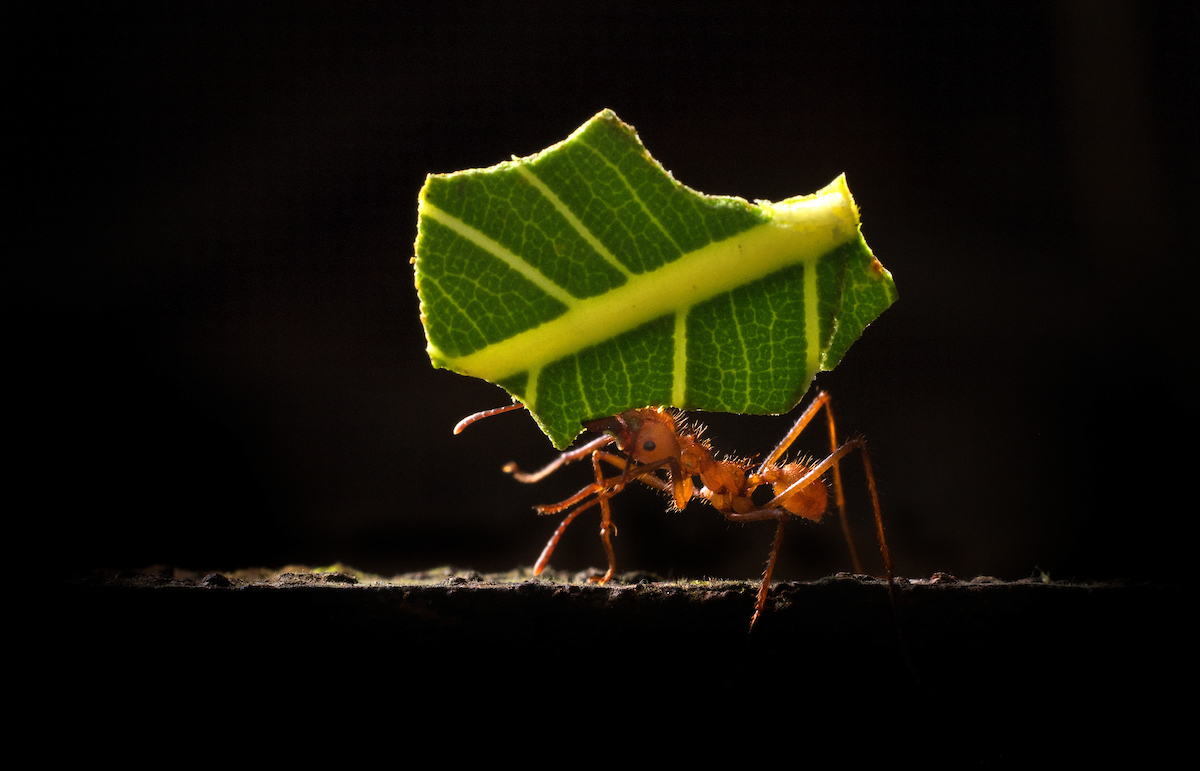
Session Two: July 21
- History of Insect Conservation
- Advanced Macro Techniques: Photographing Insects in Flight and Wide-angle Close-up
- Group Discussion
- Case Study 1: Influencing Policy and Decision Makers
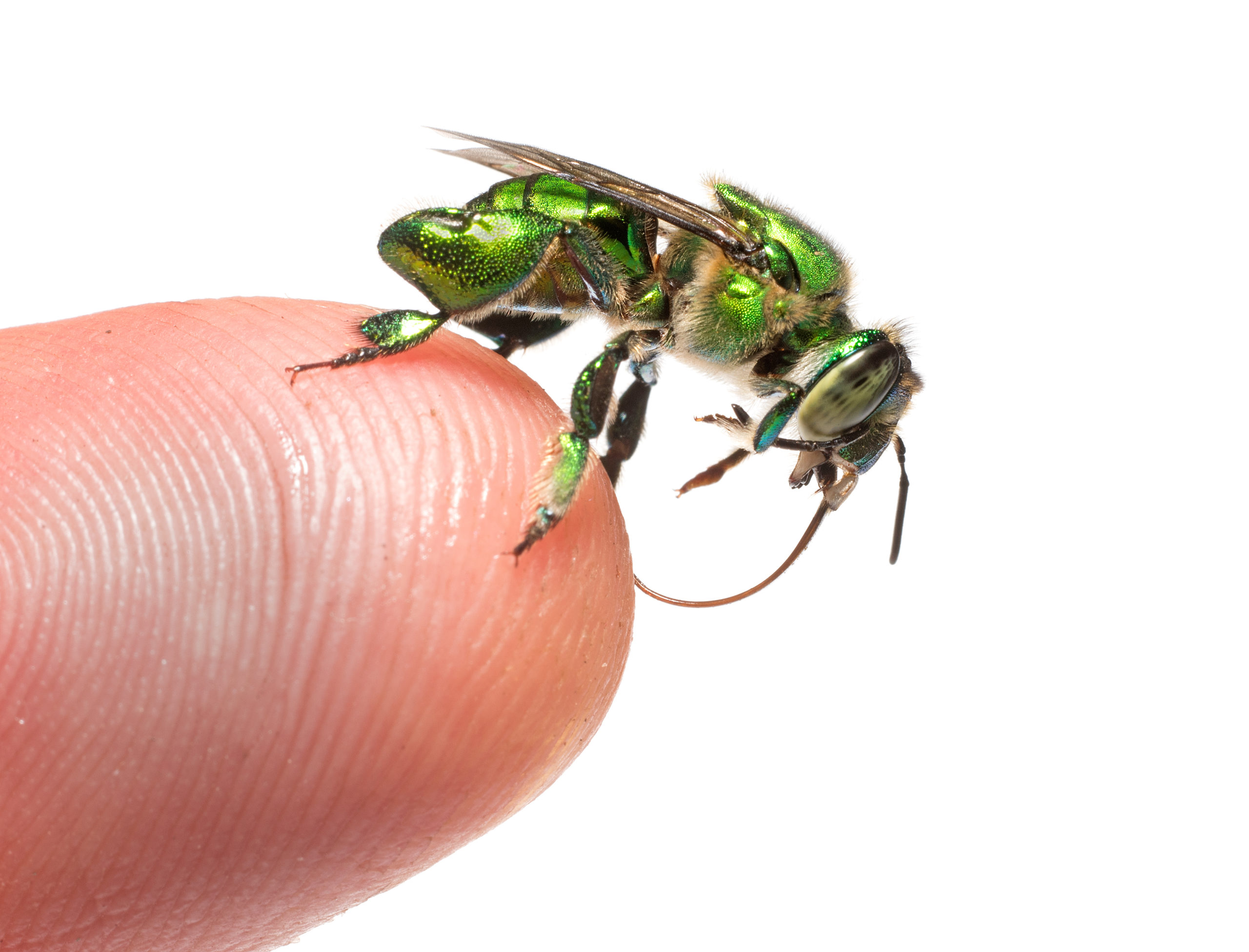
Session three: July 26
- Case Study 2: Conservation at home or abroad? Pros and Cons
- Advanced Macro Flash Techniques: Photographing Insects in the Field Studio (Photographic technique, Safely working with insects, Image Editing)
- Exercise & Discussion: Develop your Own Insect Conservation Project
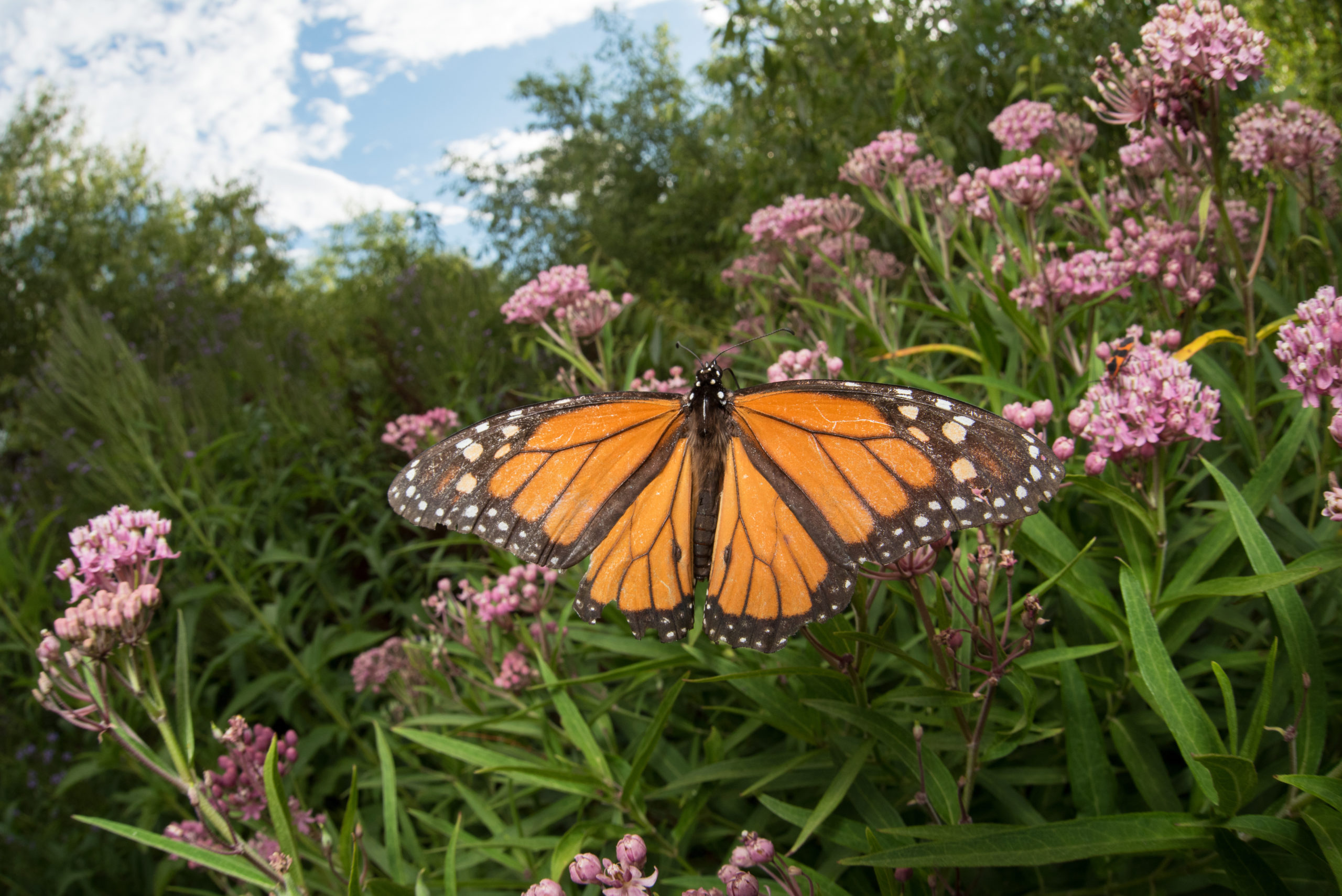
Session four: July 28
- Image Critique and group discussion
- Q&A with Clay
Who should take this course?
This course was specifically designed for those with a passion for insects and conservation. We will dive into a variety of macro photography techniques and discussions on how storytelling can influence, educate, and inspire.
To get the most out of this workshop, students should be comfortable using their cameras in manual mode and should have a solid understanding of exposure and basic composition principles.
Workshop Tuition
$349.00
Meet your instructor
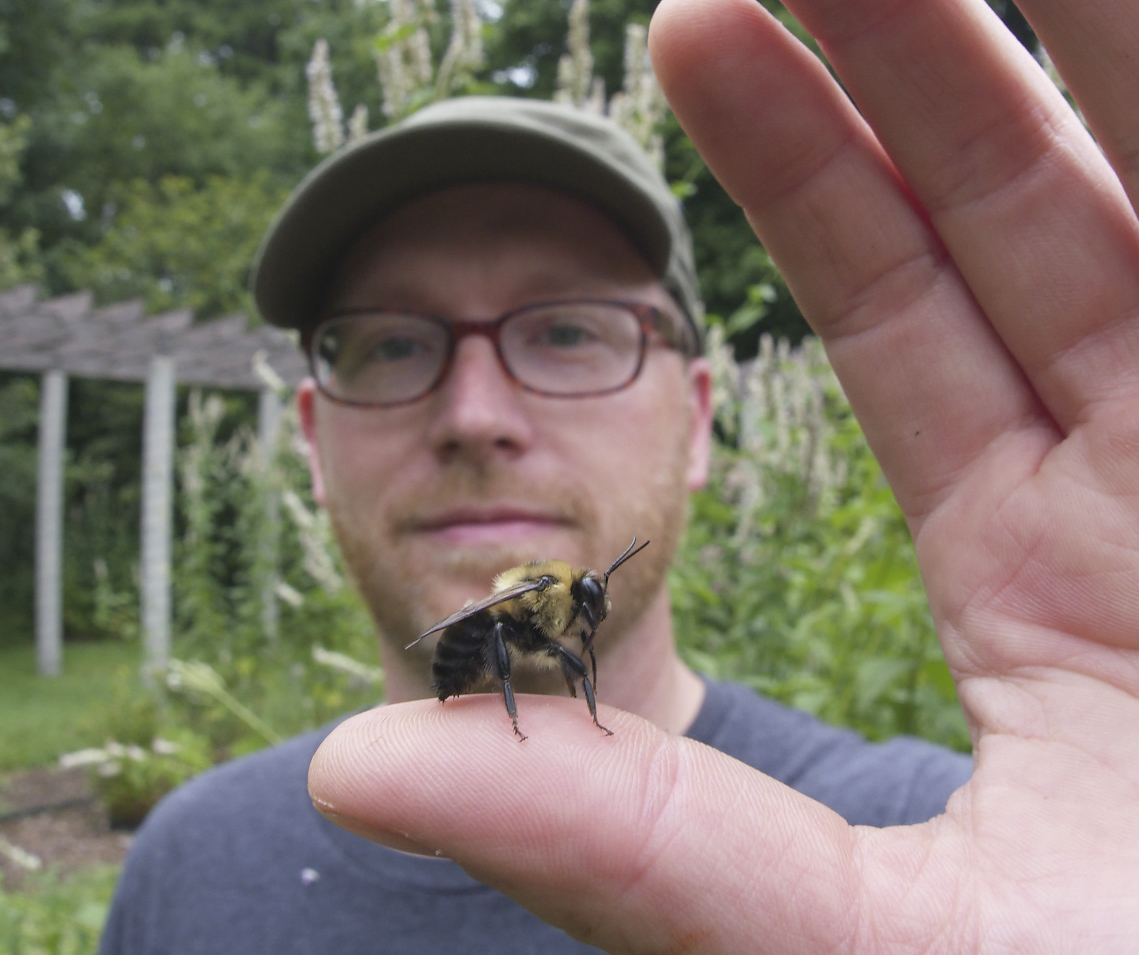
Clay Bolt
Workshop FacultyClay Bolt is a Natural History and Conservation Photographer specializing in the world’s smaller creatures. He regularly partners with organizations such as the National Geographic Society, National Wildlife Federation, and Xerces Society for Invertebrate Conservation. He is an Associate Fellow in the International League of Conservation Photographers (iLCP) and past president of the North American Nature Photography Association (NANPA). His current major focus is on North America’s native bees and the important roles that they play in our lives. He was a leading voice in the fight to protect the rusty-patched bumble bee as a federally protected species under the Endangered Species Act, which became North America’s first federally protected native bee in 2017. In 2019, Bolt became the first photographer to document a living Wallace’s Giant Bee—the world’s largest bee—as a part of a four person exploration team to rediscover the species in the Indonesian islands knowns as the North Moluccas. Learn more at www.claybolt.com.